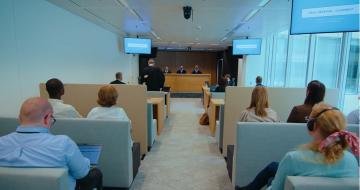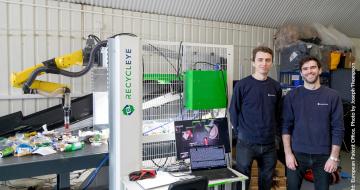Intellectual property rights are sometimes considered monopolies over information or creations, to the detriment of the public’s open access to inventions or culture. In response to this concern, the open access movement proposed alternative models for the exercise of intellectual property rights.
Open access offers contractual tools for creators who want to exercise their intellectual property rights within a concept of free use by the public and the sharing of the creation, while maintaining some form of protection of their creations.
Open access does not mean that the intellectual right holder in question waived his right or placed the work or invention in the public domain. He still exercises his intellectual rights, however, this system allows more possibilities for free use.
Free or open access licenses generally grant very broad rights of use, including the right of reproduction, the right of distribution, the right to modify the work or inventions in question, as well as a right to develop works or inventions derived from it. These rights are sometimes limited to non-commercial use or exploitation.
The decision to exploit works, inventions or databases within a free access model can only be made by the holder of the intellectual property rights in question. As such, only the author of a piece of software can decide whether to distribute it through an open access license.
The first example of this open access model is the open source software that was developed in the United States in the 1980s to protest against the numerous usage restrictions that were imposed on the distribution of computer programs.
Other license models were developed in the 2000s, based on the open software experience. These could be applied to all types of literary and artistic creations, music, texts, films, images, educational content, informative works, etc. These are called Creative Commons licenses.
The open access model was also extended to scientific publications, which became increasingly accessible under open access on the internet, in magazines and in open access directories. In this respect, it may be useful to mention that the Code of Economic Law states that, after a certain period, the author - of a scientific article written as a result of research that was at least half-financed by public funds - has the right to make the manuscript available to the public free of charge under open access, even if he transferred his rights to an editor. This period is 12 months for human and social sciences and six months for the other sciences, starting from the first publication, and provided that the source of the first publication is mentioned.
More recently, open access principles inspired the development of legal models for scientific research, which would, for example, apply to inventions protected by patents or to genetic databases or those in the field of biotechnology.


